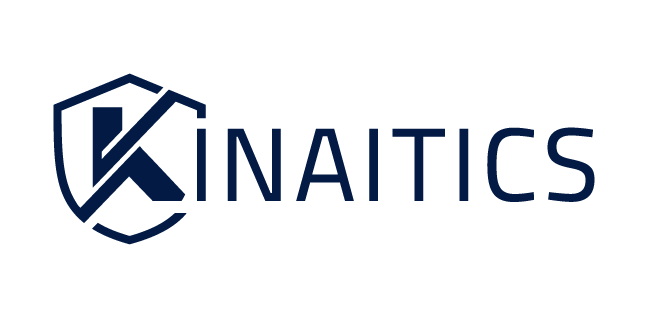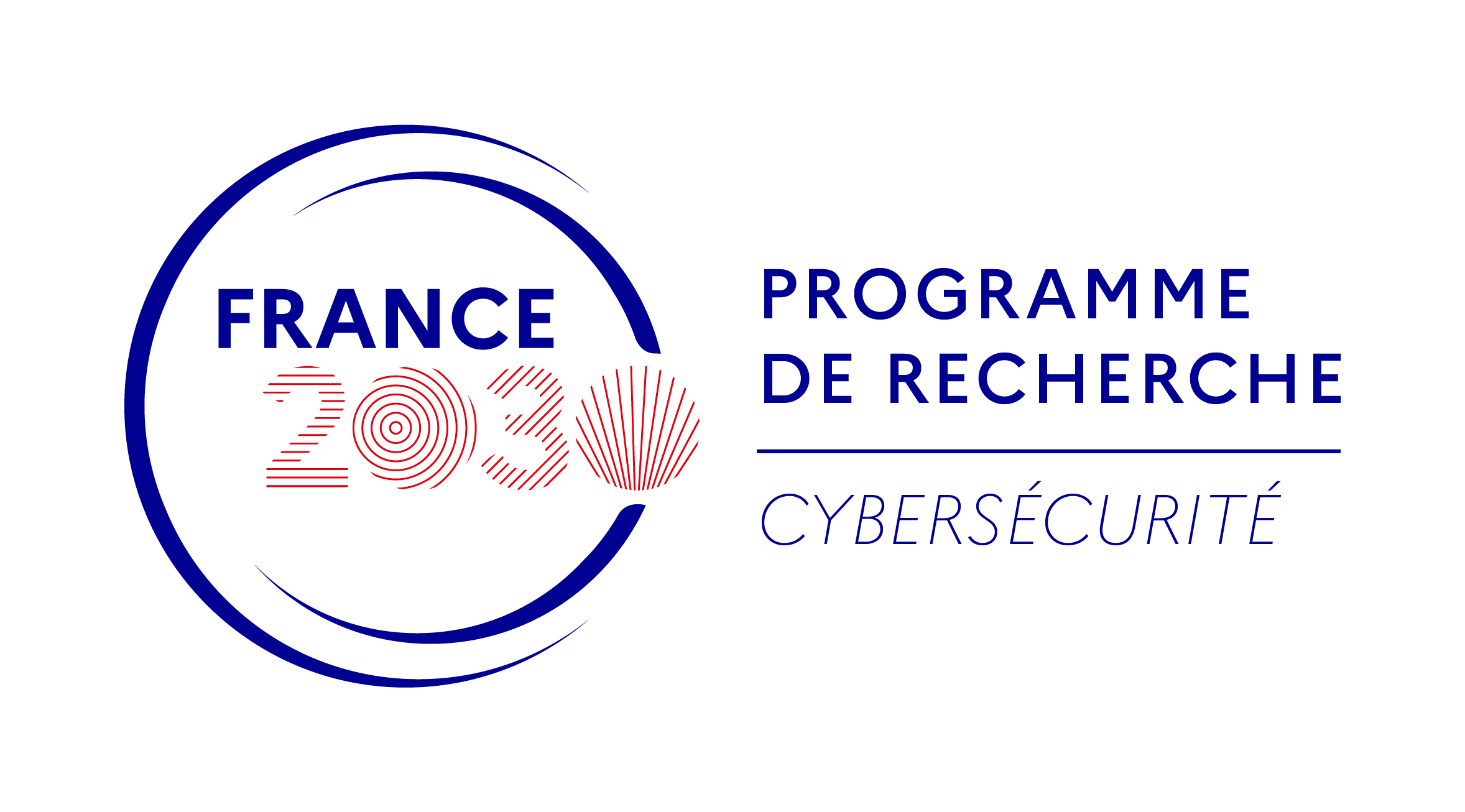Artificial Intelligence for Cyber and Cyber/Physical Security
Workshop on AI for Cybersecurity
Workshop Overview
Important Information
- Date: September 16th, 2025
- Time: 9h30 - 17h00
- Location: Comet Place des Victoires, 12 Rue du Mail, 75002 Paris, France
- Language: English
- Registration: Mandatory (Limited places)
- Cost: Free
Description
This workshop is dedicated to exploring the cutting-edge applications of Artificial Intelligence in strengthening cybersecurity and securing cyber-physical systems. We aim to delve into novel AI-driven approaches for threat intelligence, proactive defense mechanisms, anomaly detection, and automated incident response.
Inspired by the research carried out in KINAITICS, which investigates AI-based behavioral monitoring and defense strategies against complex threats, this event will showcase how AI can augment classical cybersecurity tools and address human factors and uncertainties in dynamic threat landscapes.
Organizers
Cédric Gouy-Pailler (CEA)
Program
Workshop Agenda
September 16th, 2025
| Time | Session | Speaker |
|---|---|---|
| 9h30 - 9h50 | Welcome Coffee | |
| 9h50 - 10h00 | Opening Remarks | Cédric GOUY-PAILLER (CEA) |
| 10h00 - 11h00 | Keynote 1: Threats and Mitigations Landscape in the Age of GenAI [Slides] | Andrei KUCHARAVY (HES-SO, Switzerland) |
| 11h00 - 11h15 | Coffee Break | |
| 11h15 - 12h15 | Session 1: | |
| PenTestFox: Intelligent Attack Graphs Meet Large Language Models in Semi-Automated Penetration Testing | Nikolaos VAKAKIS (CERTH, Greece) | |
| A Black-Box Query-Free Targeted Mimicry Attack on Binary Function Classifiers [Slides] | Victor MATRAT (Université de Lorraine) | |
| 12h15 - 13h30 | Lunch Break | |
| 13h30 - 14h30 | Keynote 2: Can we really use LLM on edge devices for trustable, explainable and accurate malicious code detection: Theory and Practices | Yufei HAN (INRIA) |
| 14h30 - 15h30 | Session 2: | |
| MOMENT: A Multi-Objective Mitigation Engine using NSGA-II Techniques for Cyber Threat Response | Nikolaos VAKAKIS (CERTH, Greece) | |
| Enhancing Trustworthiness of Deep Learning-Based IDS: A Framework Combining Uncertainty Quantification and XAI [Slides] | Majd SHALAK (Telecom SudParis) | |
| 15h30 - 16h00 | Coffee Break | |
| 16h00 - 17h00 | Session 3: | |
| Explainable AI for Process-Oriented Attacks Detection in Industrial Control Systems | Léa Astrid KENMOGNE (LIG, Grenoble-INP, INRIA) | |
| Enhancing Bot Detection With Causally and Temporally Constrained Counterfactual Examples for Targeted Retraining | Davy PREUVENEERS (KU Leuven, Belgium) | |
| 17h00 | Closing Remarks | Organizers |
Program subject to modifications
Keynote Speakers

Andrei Kucharavy
Institute of Informatics
HES-SO Valais-Wallis
Assistant Professor
Keynote 1: Threats and Mitigations Landscape in the Age of GenAI
Abstract: While LLMs have been a technology
slowly developing since 2017, it was not until the public demo of ChatGPT in late 2022 that the general public became
aware of its true potential, launching a global push to integrate and leverage LLMs across
domains and industries and a proliferation of different open-weight public models.
While highly useful for defensive cybersecurity, this proliferation was also highly useful
for cyber-criminals and APTs. Moreover, the hasty integration of LLM components into existing
software across the board created new, vast, and poorly understood attack surfaces.
As the defensive and offensive teams are locked in an arms race to best leverage the arrival of
LLMs and genAI to their advantage in the ever-changing threat and mitigation landscape, a clear
winner is yet to emerge. The goal of this keynote is to leverage current and prior research at
the intersection of cybersecurity and GenAI to gain insight into what the future might hold and
how either side can still impact it.

Yufei Han
INRIA Rennes
Senior Researcher
Keynote 2: Can we really use LLM on edge devices for trustable, explainable and accurate malicious code detection: Theory and Practices
Abstract: Deployable Large Language
models (1B to 7B parameters) work on consumer-available hardware, and their understanding of language can be of
great use to Powershell malware detection and explanation.
However, such goal is prevented by their lacking of capacity due to the low number of parameters, being outmatched
by large models (especially for those > 70B parameters). Our exploration aims to investigate how to reduce this gap
through the compression of domain knowledge in textual form, thus being includeable into prompts to enhance
deteciton and explanations. Thus, we develop GRAIL, a Powershell knowledge graph expressed as questions that
LLMs can answer while reviewing input Powershell samples. While providing guidance to the model with domain
knowledge, GRAIL acts as a plug-and-play enhancer that provide small LLMs runnable on edge devices with
capabilities comparable with their larger and more powerful counterparts, avoiding the needs of cost-intensive
re-training from scratch. Also, we highlight how the inclusion of GRAIL in prompts outmatches both fine-tuning
and chain-of-thoughts techniques, hence acting as a single action to be taken at deployment time.
In parallel, our study also dives into adversarial robustness of the LLMs in analyzing codes. We show that
code refracting may change the reasoning out from LLMs, yet without changing malicious functionalities
programmed. This study demonstrates the risk of using LLM for security-critical applications, such as
malware classification. On the other hand, this work paves the way towards how we can improve accordingly
the robustness of LLM for code analysis.
Registration
Registration Information
- Participation: Free of charge
- Registration: Mandatory (Limited places available)
- Confirmation: You will receive a confirmation email
Online Registration Form (Attendance only)
Registration Form
Practical Information
Venue Details
Comet Place des Victoires
12 Rue du Mail, 75002 Paris
France
Capacity: 40 participants
Getting There
Location on Maps: - Google Maps
Sponsors & Partners
We thank our sponsors and partners for their support:




The KINAITICS project is funded under Horizon Europe Grant Agreement n°101070176. Views and opinions expressed are however those of the author(s) only and do not necessarily reflect those of the European Union. Neither the European Union nor the granting authority can be held responsible for them.